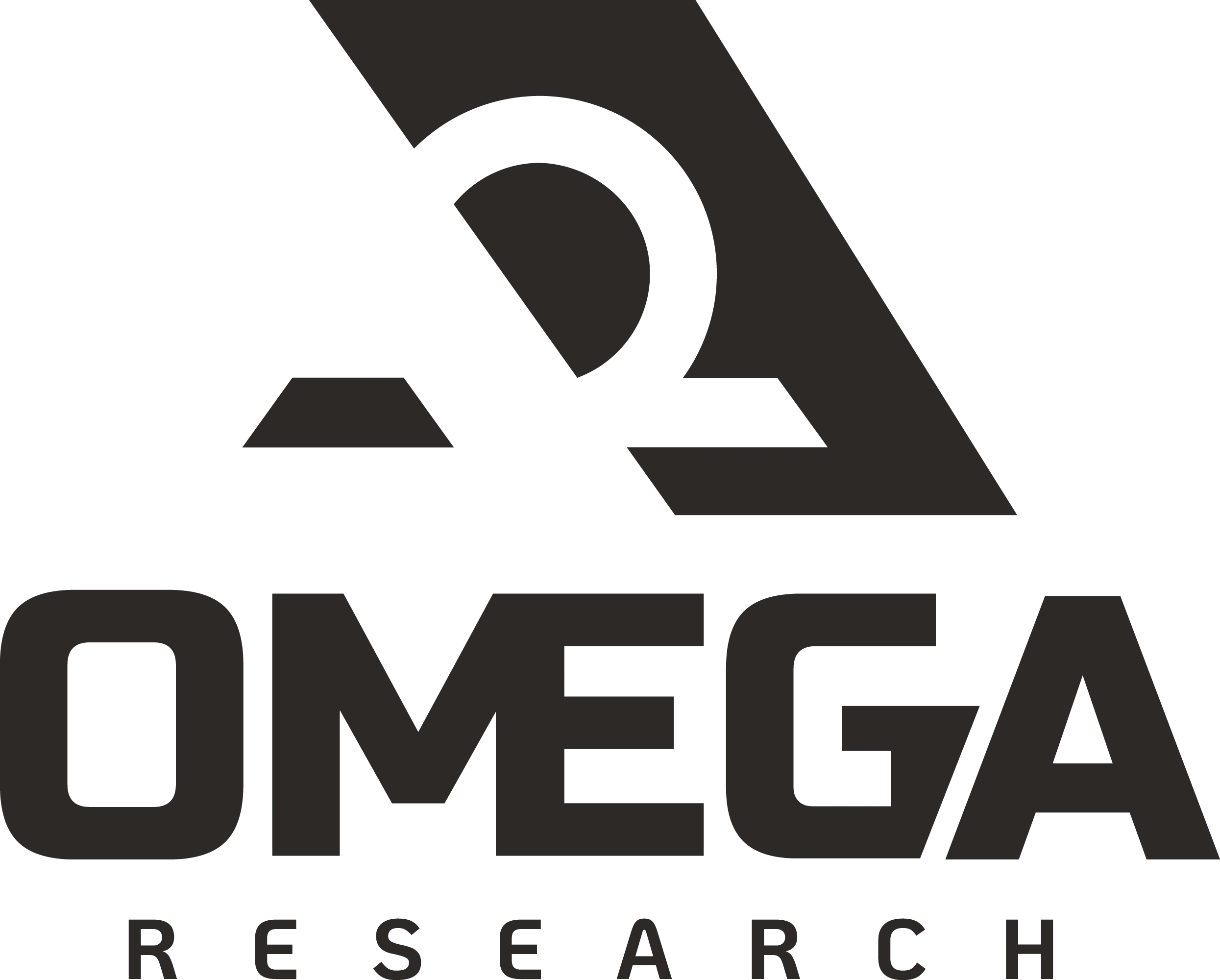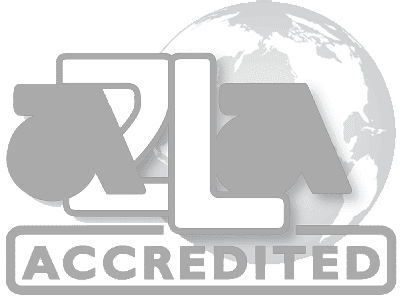Hydrogen embrittlement in steel remains a critical concern for aerospace applications, where high-strength components must withstand extreme conditions without failure. The ASTM F519 standard provides a framework for testing plating processes and service environments that may trigger hydrogen embrittlement failures. This blog explores three essential testing steps: sample preparation, plating, and hydrogen relief baking, offering practical insights for compliance and safety. At Omega Research, we’re ready to support your testing needs with expertise and precision.
1. Sample Preparation: Building a Solid Foundation
Proper sample preparation is vital for accurate hydrogen embrittlement testing. The goal is to ensure test specimens, typically made from high-strength steel, are free from residual hydrogen while avoiding damage that could skew results. Here’s how to prepare effectively:
Storage and Handling
Keep specimens in their original packaging until just before plating to protect them from corrosive shop environments. Carefully remove any protective oil or compound before processing to avoid contamination.
Pre-Embrittlement Relief Bake
Before plating, specimens must undergo a stress relief bake at 375 ± 25°F (190 ± 14°C) for 4–5 hours to remove residual hydrogen from manufacturing processes. This step establishes a hydrogen-free baseline, critical for reliable test results.
Corrosion Prevention
Shop environments often contain corrosive elements like humidity or chemical vapors. Handle specimens with gloves and clean tools to prevent surface contamination.
Masking for Plating
Masking ensures only the intended areas receive activation and plating, minimizing unintended hydrogen absorption. ASTM F519 mandates plating the notched area and 0.5 inches on each side unless the process specification states otherwise (e.g., plating the entire bar up to the threads, covering the entire specimen except grip areas or envelope plating the entire sample in some cases).
Surface Activation
Activate only the areas to be plated using methods like acid activation, electro-cleaning, or sandblasting, as specified by your process. Apply activation carefully and at minims to avoid introducing of hydrogen elsewhere on the sample. Control parameters like time, distance, air pressure, media, current and area precisely, as these directly affect hydrogen uptake. Calculate surface areas accurately and protect unplaited areas with masking to ensure test and process integrity.
2. Plating the Samples: Precision in Execution
Plating is a high-risk stage for hydrogen embrittlement, requiring strict adherence to your process specification protocols for consistent results. Here’s how to execute this step with precision:
Masking and Exposure Control
Ensure only the intended areas are exposed to the plating bath. Verify exposed area of the sample to be plated is only the area that is not masked; the ends and the threads and the raised area of the shank should all remain masked during the plating process (unless your process or specification requires them to be plaited) as this significantly increases hydrogen absorption percentages. This step is crucial to prevent unintended hydrogen uptake in non-plated areas, which can compromise test results and component safety.
Racking Fixture and Electro field Considerations
The rack design is critical for uniform plating and preventing test failures. Confirm consistent electrical contact without interfering with the notched area (do not rack sample from the notch), as poor contact can lead to uneven plating or stress concentrations. Avoid introducing bending stresses during racking, as these can affect results. Plating occurs in an electrochemical environment where current distribution follows the path of least resistance. Improper sample placement in the tank or the rack can cause uneven plating or unintended coating concentrations. Consider the tank’s geometry and anode positioning to ensure uniform coating.
Process Parameters
Follow your process specification closely for parameters like current density, plating time, bath composition and sample surface area calculations. Accurate surface area calculations are essential to determine the correct current, as errors can lead to over- or under-plating, affecting hydrogen uptake. If your rectifier struggles with low currents needed for small surface areas, add a sacrificial piece of material to the tank to stabilize the current within your equipment’s normal operating range—a practical industry solution.
Consult your chemical supplier for bath makeup and maintenance to balance performance, appearance, and safety.
3. Hydrogen Embrittlement Relief Bake: The Critical Final Step
The hydrogen embrittlement relief bake removes hydrogen absorbed during sample prep and plating, ensuring the safety of aerospace components. The success of this step depends on the care taken in prior stages, and ASTM F519 and your process specification will provide clear guidelines and possible restrictions.
Bake Requirements
For most plating processes, a 23-hour bake at 375 ± 25°F (190 ± 14°C) is required to relive hydrogen. Some specifications may require shorter bake times or your process may require a longer bake time, so follow your process specification precisely to avoid compromising safety. The bake allows hydrogen to diffuse out of the sample and your part. In some cases, a bake is not allowed in your specification so follow this step precisely as public safety is depended on it.
Impact of Prior Steps
The bake’s success relies on minimizing hydrogen introduction earlier your processes. Errors in masking, excessive activation, or incorrect plating parameters increase absorption beyond what baking can remedy. Control earlier steps to reduce reliance on baking as a correction method.
Safety and Consistency
Your testing process should mirror production precisely. Always err toward caution—hydrogen embrittlement causes catastrophic failures that endanger lives.
How Omega Research Can Help You!
At Omega Research, we specialize in hydrogen embrittlement testing and are dedicated to your aerospace safety goals. Our services include:
- Process Development and Validation: We help design and validate plating and testing processes that comply with ASTM F519 and your specific requirements.
- Testing Services: Our advanced facilities conduct sustained and incremental load tests, delivering certified results to confirm your process is non-embrittling.
- Troubleshooting: If test failures occur, we offer a V.E.T (variable elimination testing) service to identify anomalies and recommend corrective actions.
Contact Omega Research today to ensure your hydrogen embrittlement testing meets the highest standards of safety and reliability. Let us help you safeguard your components and keep the skies safe.


